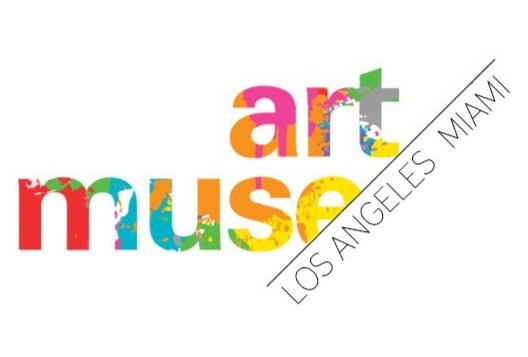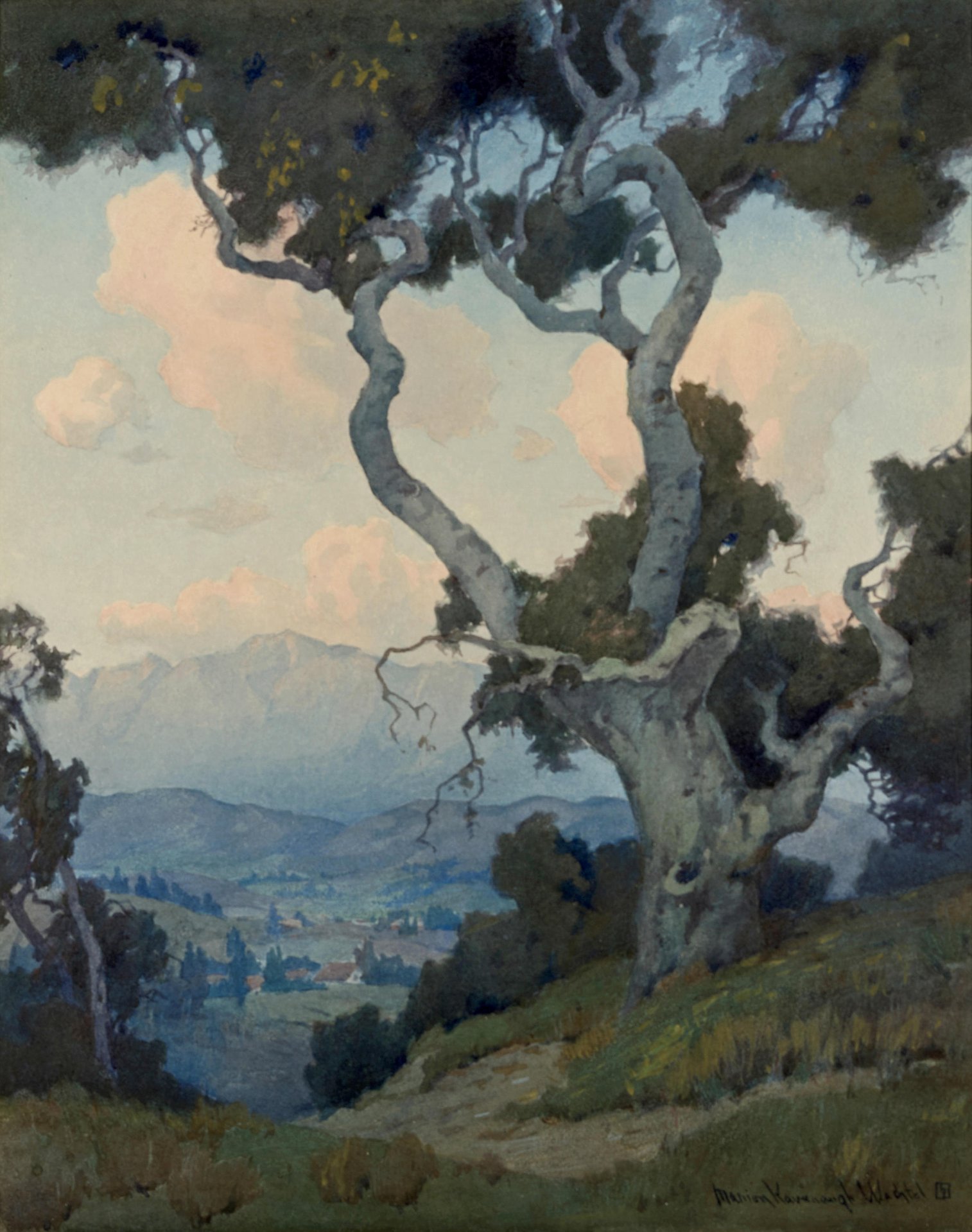Marion Wachtel, Oak at Sunset: View into Pasadena, ca. 1935. Private Collection
In California's first century of American settlement, its location on the edge of the continent led to unique trajectories for "superbly independent" women. Despite facing predictable gender-related obstacles, women as artists flourished in this period, only to be written out of the canon by the 1950s. This class, taught by Dr. Erika Esau, will examine the rich histories of creative women in the state from the Gold Rush to World War II, many of them only newly "rediscovered." The focus will be on the cultural context in which these women confronted the Western modernist canon in painting and will also consider their influential work in photography and craft.
Lecture 1: Introduction to California women: What were the circumstances and events that contributed to the success of so many female artists at this time? What made their situation in California different from their sister artists back East? We will consider among other causes the rise of artists’ colonies, the importance of world expositions such as San Francisco’s and San Diego’s 1915 fairs, and the support of artists by the WPA in the 1930s.
Lecture 2: Women Artists in Northern California: San Francisco was the first city in the state to develop a viable artistic community, and women such as Lucia Mathews and Anne Bremer were at the forefront in its institutions and schools. Women, too, were central to the thriving artists’ colonies on the Monterey Peninsula, where figures such as E. Charlton Fortune and Mary deNeale Morgan gained parity with male artists in terms of popularity, participation, and influence.
Lecture 3: Women Artists in Southern California: The southern part of the state developed an artistic community later than the northern region did. Artists operated in a different physical and social climate that determined the kind of art they produced. Color and light were the central focus. Ironically, modernism had a less entrenched battle to fight for acceptance, with painting as diverse as Marion Wachtel’s and Anna Hills’ landscapes of the “Eucalyptus School” and Agnes Pelton’s abstractions.
Lecture 4: Women Photographers: Women played a part in California’s photographic history from the very beginning, since they were able to take up photography as an occupation when other professions were restricted for them. We will discuss three overlapping eras for women photographers: the Gold Rush years (Eliza Whittington, Abigail Cardozo); Arts & Crafts Pictorialism (Adele Hanscom, Ann Brigman); and the towering figures of documentary photography, Imogen Cunningham and Dorothea Lange.
To register for all 4 lectures at the reduced rate of $120, please select any of the dates and choose Full Course

